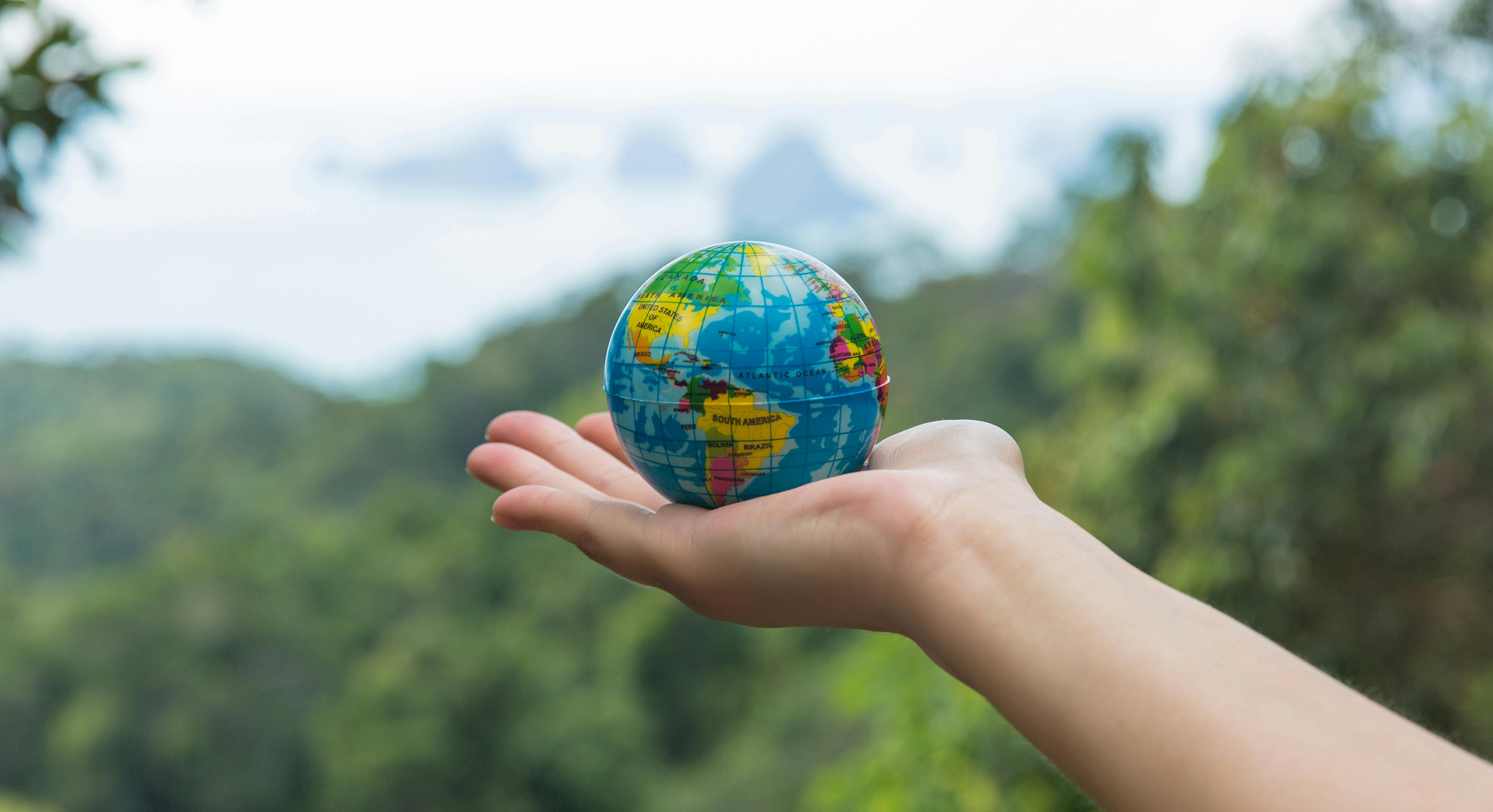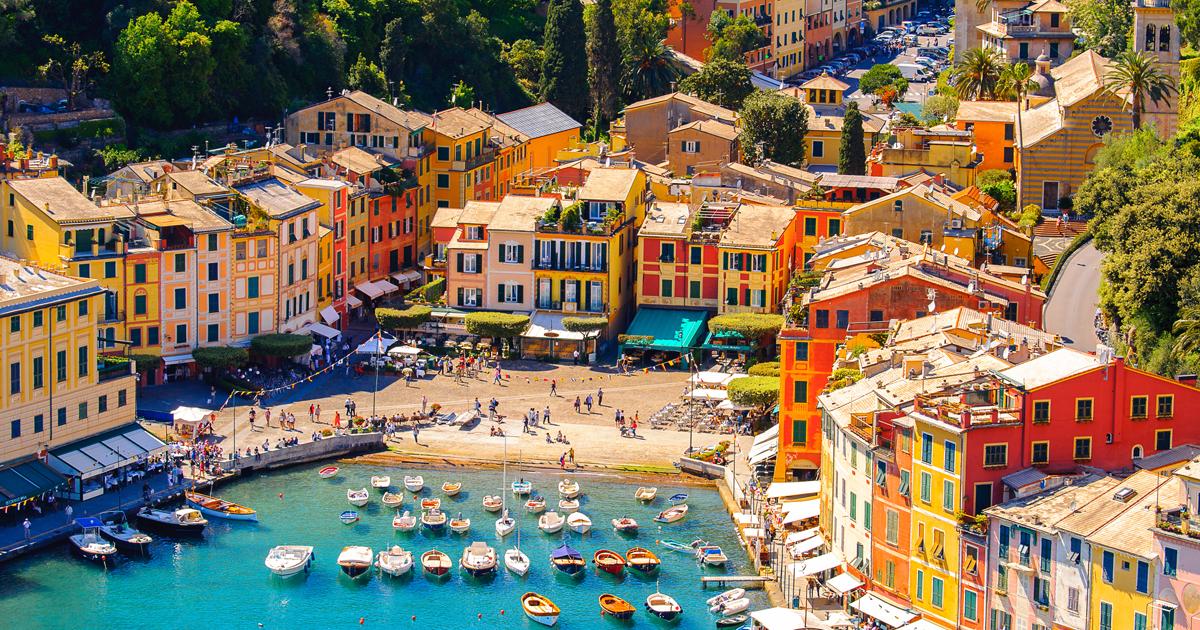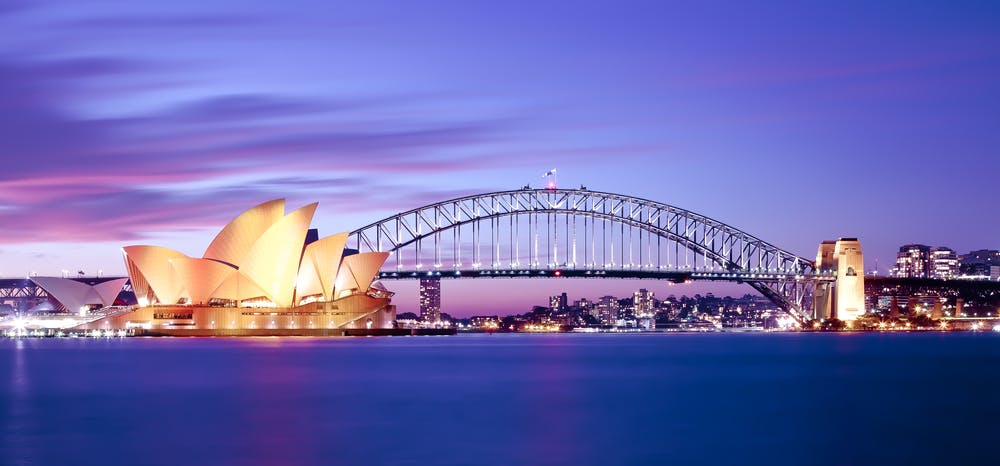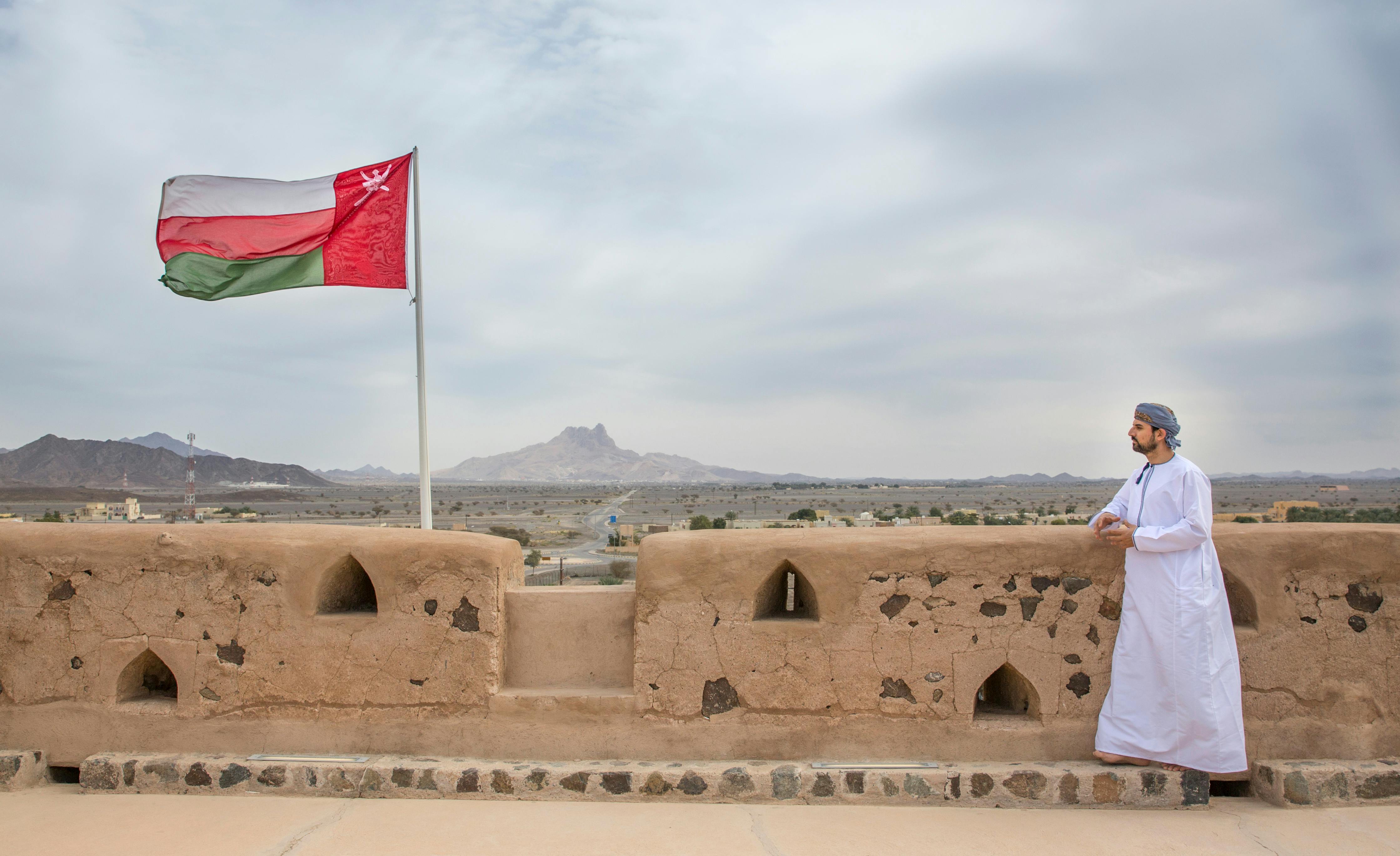Patricia Schultz of “1000 Places to See Before You Die” On Bucket List Travel
When “1000 Places to See Before You Die” was published in 2003, it became an instant best seller. Twenty years later, the original, an update and region-specific spinoffs have sold almost five million copies — offering endless inspiration for bucket list travel.
The book was the brainchild of author Patricia Schultz, who also wrote “1000 Places to See in the U.S. and Canada” and in 2022 released “Why We Travel: 100 Reasons to See the World.”
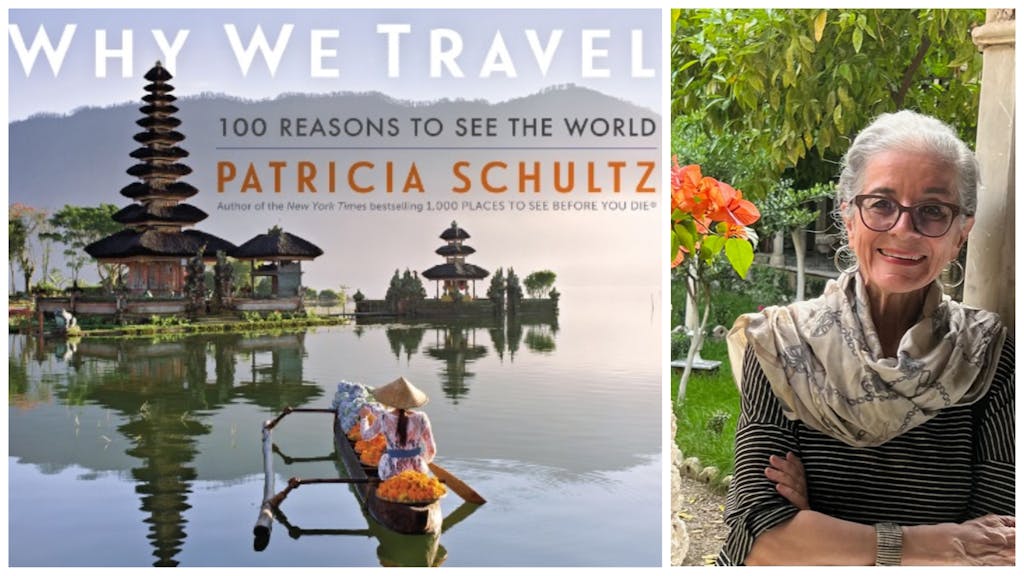
We sat down with her to talk about her amazing run and the impact her work has had on the travel bucket list.
How did you first start traveling?
Patricia Schultz: I have an early memory that had me in the back seat of our family jalopy, and we were off to something wild and wonderful and exotic and far-flung. We were going from the Hudson Valley in New York state to the Jersey Shore.
My father worked three shifts a day to afford it. But it was our annual pilgrimage, and it was precious to all of us in different ways. Even as a 4-year-old, I knew that getting…on the road with the wind in your hair to a place that was unknown and different and fresh…was just so fascinating to me.
Fast forward to 15. I had a friend in the Dominican Republic who invited me to visit her over the summer. I mentioned it to my parents. Amazingly, my parents who never had passports until their 50s, who never went anywhere beyond Atlantic City, worked overtime to get this ticket together to have me go off and discover places that they never hoped to visit themselves.
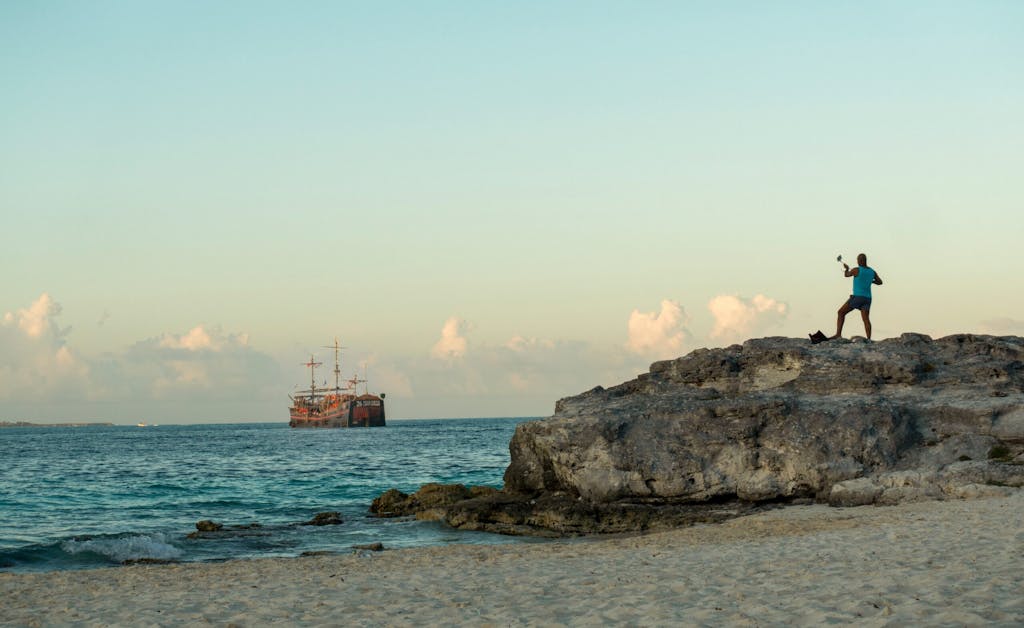
That really kicked open the door because it was a different culture. It was total immersion. It was sights and smells and sound and music …. In that moment I knew that in some way I needed to incorporate travel far beyond the usual Atlantic City getaway into my life and explore as much as I could.
Is that why you studied languages in school?
PS: I felt that they would be a key or an asset that would serve me well and things would kind of fall into place. In my high school the options were very limited, so I studied Spanish on my own.
At university, I studied linguistics because I thought [that] beyond the languages themselves [that] would be helpful.
I studied French for four years, but it never really stuck. I studied Spanish formally. I studied Italian – I had grown up in an Italian-speaking household, but it was a very fast dialect — and I studied German because my father was German.
I also studied Arabic, but that was impossible. I studied Portuguese because I had this thing for Brazil and ultimately for Portugal. I did the junior abroad in Spain and Madrid, and that was just heaven.”
Then I graduated, and everybody was going to Wall Street and apprenticeships and continuing education and master’s degrees or going home to pick up the family business.
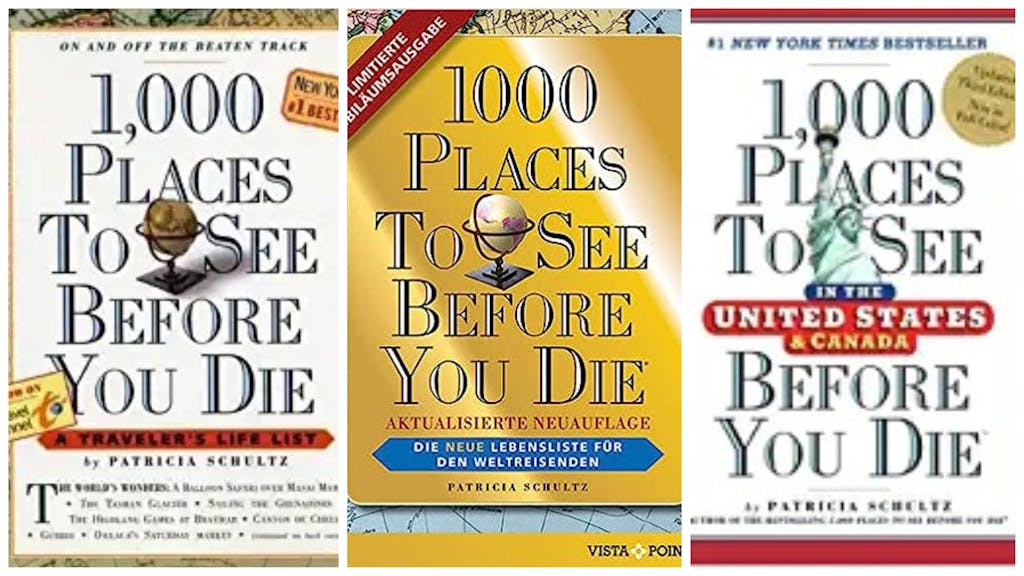
I grabbed my passport, and that really was the beginning of the beginning.
Do you still have the sense of wonder when you travel, or has it become more commonplace?
PS: No! Travel is a lot of hassle. You see what’s going on now at the airports and you have to really want to get to wherever it is you’re going to. Then you have to forget about all the birthing pains that got you there – the cancellations and the eight-hour delays. You need to have that sense of wonderment to get through it all.
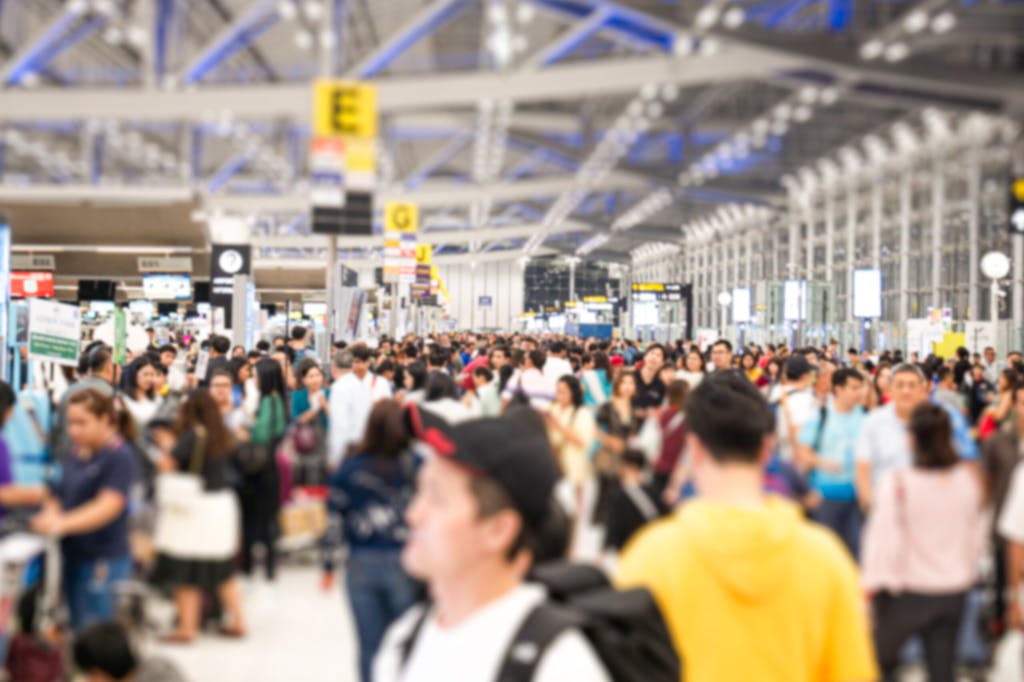
What places give you a sense of excitement?
PS: Well, certainly a first-time destination that I know not at all, because that’s just sheer, unadulterated excitement from the moment you start planning it and going down the rabbit holes online to discover things that you didn’t know needed to be known. And then arriving and finding it is still nothing that you expected.
Do you go back to places that really resonate for you?
PS: I don’t commonly go back to a place. My poor husband. We’ll be in the most astonishing, breathtakingly, fun, exciting, thrilling, beautiful situation or place or environment and he’ll turn to me and he’ll say, “We’re never coming back here again, are we?” Of course, we sometimes do, but neither of us is 30 years old.
Rather than spend precious time or money going back to some place, I have a tendency to always go to new places. This year I was in Benin, Togo, Ghana and Algeria.
Let’s go back to “1000 places.” You published the first edition in 2003.
PS: It’s 20 years this year. I’m black-and-blue from pinching myself. It feels like a year-and-a-half ago. It’s crazy.
The first years were very heady for me because of the invitations and the doors opening. It was very much a departure for me, who had been hacking and slogging along with writing guidebooks and making a dollar a day.
You’re now working on a revision. What’s coming out?
PS: Ukraine is coming out. Yemen is coming out, and it breaks my heart, because those are some of my favorite destinations. And what do I do with Russia? There are so many issues beyond who didn’t make it through the pandemic closures.
What’s new that’s coming in?
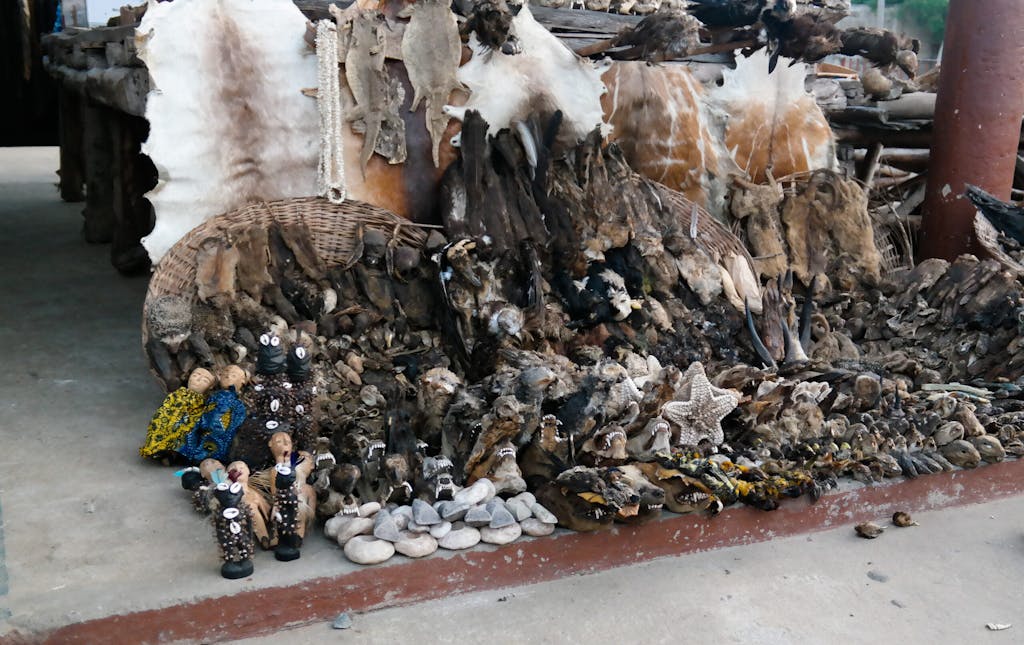
PS: The majority of additions are elements or places within the Big City roundups or already included companies. There are a handful of entirely new countries. In Africa, there will be Algeria as well as Rwanda and Benin. (It will be a challenge to describe the Voodoo Festival in Ouidah, Benin.) And in Europe, Albania, Bulgaria (a who-knew surprise) and Armenia.
How many places in your books have you been?
PS: It’s a difficult question to answer because there are new places in every revision. Just when you think you’ve seen them all, you add another 280. On an average basis every edition probably holds 20 percent of places I haven’t yet been to. When a new edition comes out, I do add bucket list items for me.
I don’t even want to share this but, hey, why not? I have never been to New Zealand. Don’t ask me how, because I’ve been to Australia a dozen times.
What have been some of your favorite places?

PS: They often are the really once-in-a-lifetime places because I think are the most vibrant. You are just so totally removed from anything familiar and comfortable so it’s a challenge, it’s exciting, it’s frightening.
I think of Papua New Guinea and Mongolia and Antarctica. I also have incredibly heartwarming memories of other places where I don’t remember specifics but you’re sitting in front of some incredible sunset with an aperitivo and you’re so totally immersed in that moment thinking, “Am I the luckiest person ever?”
You can’t always find your favorite items elsewhere. What do you always take?
PS: If you allow me to be shallow, I have been using the same moisturizer since I was 20. I love it. Why would I even consider a $150 alternative that I could easily walk into any department store in Paris and purchase in case I forgot it? No, I can’t.
What is it?
PS: It’s a Body Shop Vitamin E Cream. I’m sure it has me look 30 when in fact I’m 70. It knows me, I know it and it doesn’t break the bank.
What’s currently on the top of your “haven’t been there” list?

PS: New Zealand is at the top of my short list.
I would like to see more of Turkey. It’s an all-time favorite.
I have not seen Bolivia. It’s kind of like the poor cousin and that doesn’t get the limelight, and yet people who come back are blown away by it. I’ve seen most of the Caribbean that interests me and so much of Southeast Asia.
What’s on your bucket list when it comes to travel? Silversea can take you to more than 900 destinations on all seven continents.



